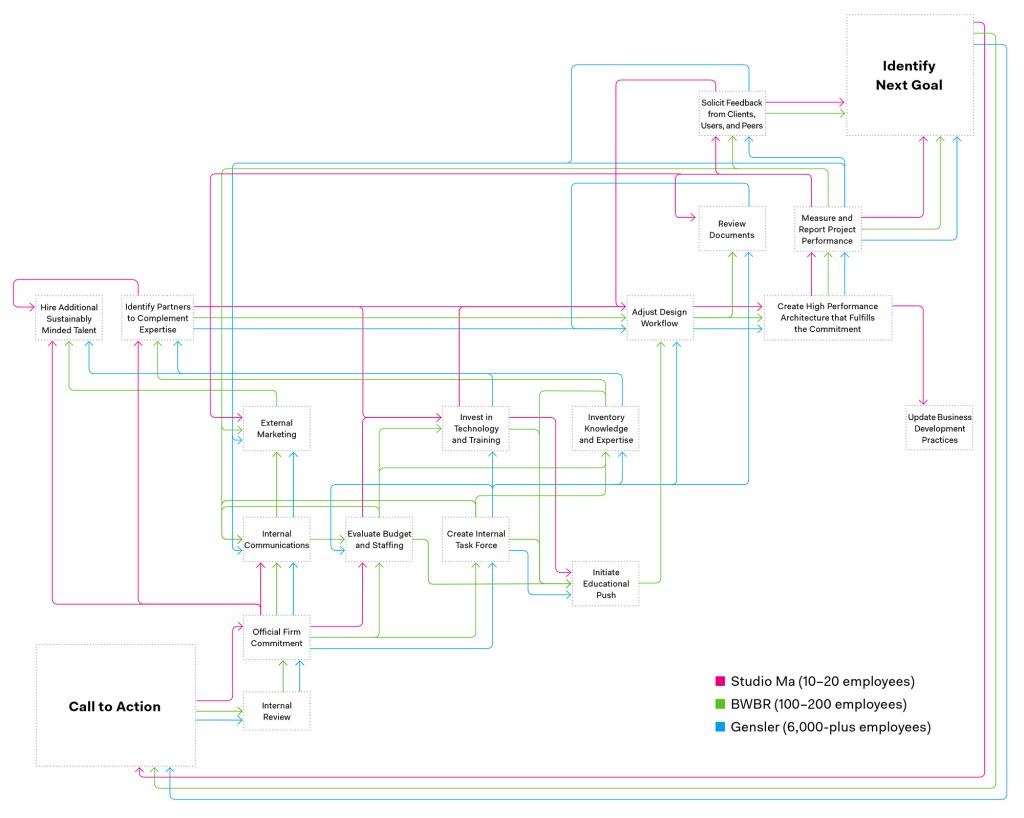One scientific theory uses the term The Great Acceleration to describe the explosive pace of global development since World War II. From 1950 to today, the population of the planet has more than tripled, from 2.5 billion to 7.7 billion, and real GDP worldwide has increased 15-fold, from $5.5 trillion to more than $85 trillion. A billion or more people have been lifted out of poverty in the process. But our current coal- and gas-powered path to prosperity takes an unacceptable toll. As you know, burning fossil fuel releases gases into the atmosphere that trap outgoing infrared radiation and overheat the planet, jeopardizing ecosystems; economic, social, and geopolitical stability; and the well-being of every individual on Earth.
Because the building sector is a major culprit, emitting unconscionably large amounts of CO2, architects need to lead the way toward a carbon positive future. This special issue of Architect is designed to help. One outcome of a partnership with the nonprofit Architecture 2030 and its founder and CEO Edward Mazria, FAIA, it explores architecture’s unhealthy relationship with CO2 and the ways that quitting will affect materials, design, practice, and policy. Already, the profession has taken important steps to minimize the amount of energy that new buildings use. As that work continues, the profession must turn to renewable energy to meet the remaining demand, upgrade existing stock, and eliminate the other major source of building-related emissions: the “embodied carbon” of materials and products.
The pursuit of greater efficiency is making architects rethink old habits; minimizing embodied carbon will push them even further. Anyone with a particular interest should attend the CarbonPositive’20 conference (March 2–4 in Los Angeles), produced by Architect and Architecture 2030 in partnership with AIA, AIA Large Firm Roundtable, and AIA California. Speakers include the World Bank’s Prashant Kapoor, City of Los Angeles Chief Design Officer Christopher Hawthorne, the Carbon Leadership Forum’s Kate Simonen, 2018 AIA president Carl Elefante, FAIA, Francis Kéré, Hon. FAIA, and many others.
AIA’s recent Resolution for Urgent and Sustained Climate Action mandates that “until zero-net-carbon practice is the accepted standard of its members, AIA prioritize and support urgent climate action as a health, safety, and welfare issue.” To that end, AIA is now crafting its Climate Action Plan—one of many related initiatives, as Jane Frederick, FAIA, explains in her first letter to the profession as AIA president (on page 18). “Bold new policy proposals and bold young leaders have emerged,” she writes, “moving public sentiment to a tipping point in favor of action.” It is indeed time.
Frightening reports and our increasingly common lived experiences of natural disasters make it clear that we have to rapidly slow down consumption and eliminate CO2 emissions—and do so while serving a growing and vulnerable population. Paradoxically, deceleration of our carbon economy will necessitate a rush of investment and cooperative effort, like the heroic U.S. mobilization for World War II, but on a global scale. Architects should prepare for changes as momentous as the advent of modern architecture. The path of decarbonization and resilience needn’t be a burden, if we approach it as an adventure.
This article appeared in the January 2020 issue of ARCHITECT, with the title “The Great Deceleration.”

-
The Carbon Issue
Meeting the urgent need for climate action, with decarbonization strategies for materials, design, practice, and policy.

-
It’s Time to Quit: A Call to Action on Climate, Carbon, and the Built Environment
Adapted from the opening and closing keynotes given by Edward Mazria, FAIA, at the CarbonPositive’19 Summit in Chicago.
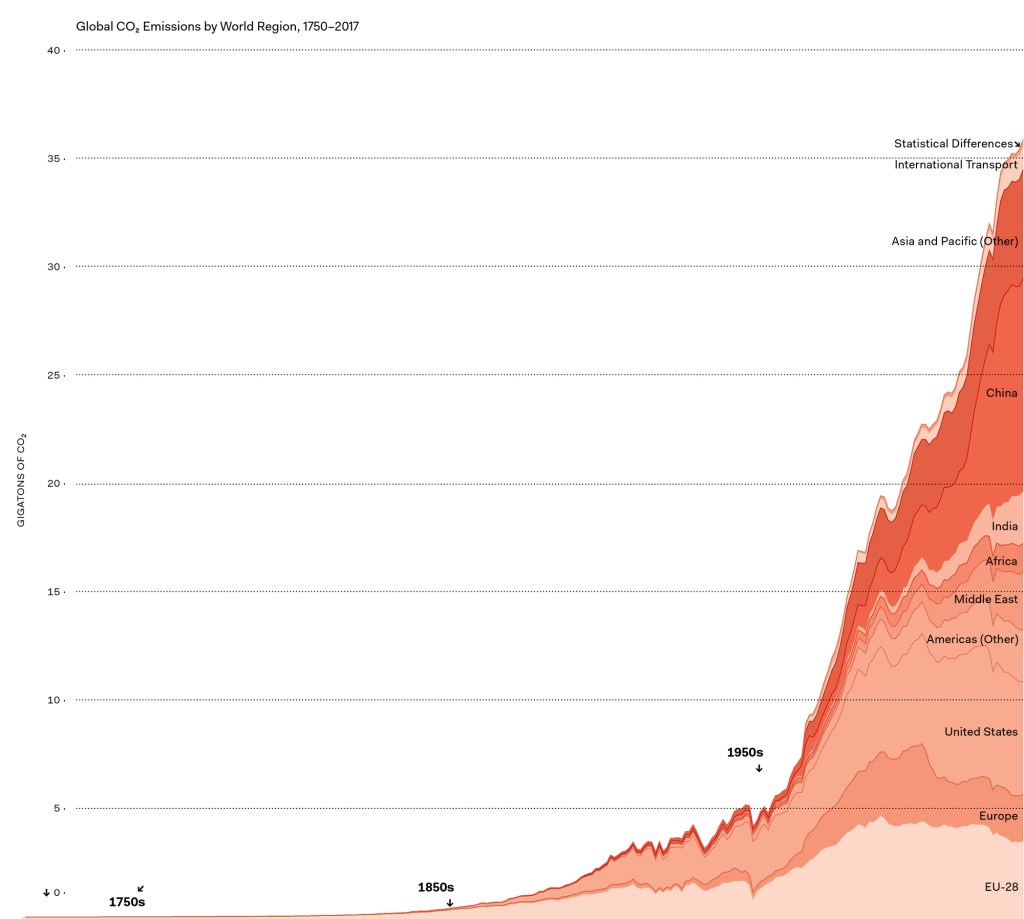
-
The Language of Carbon
Thinking about COPY 27, here's a refresher of seventeen terms that will help you talk the talk of carbon positive design.

-
Sustainable Building Materials for Low Embodied Carbon
Here are eight of the most carbon-friendly products for roofing, cladding, insulation, and other categories—all of which are available for specification, or soon to be.
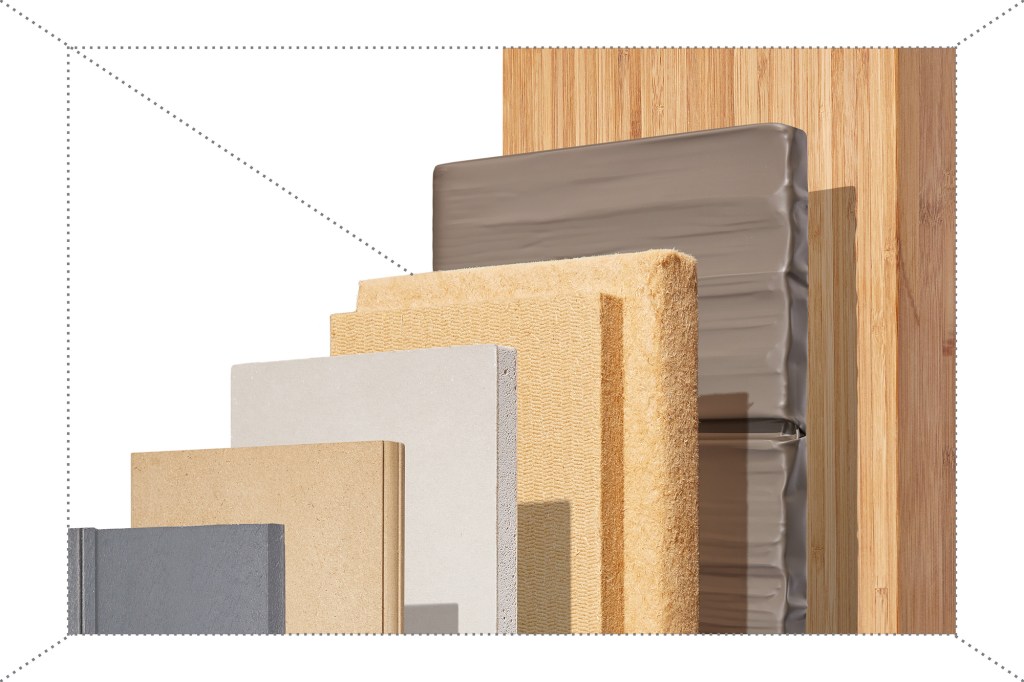
-
Concrete, Steel, or Wood: Searching for Zero-Net-Carbon Structural Materials
Steel and concrete predominate the U.S. commercial building market for structural materials, while engineered wood—specifically mass timber—is garnering attention for its potential embodied carbon savings and sequestration ability.

-
How to Measure Embodied Carbon
Here's a hand guide on some tips and tools to help determine the carbon footprint of a project or product.
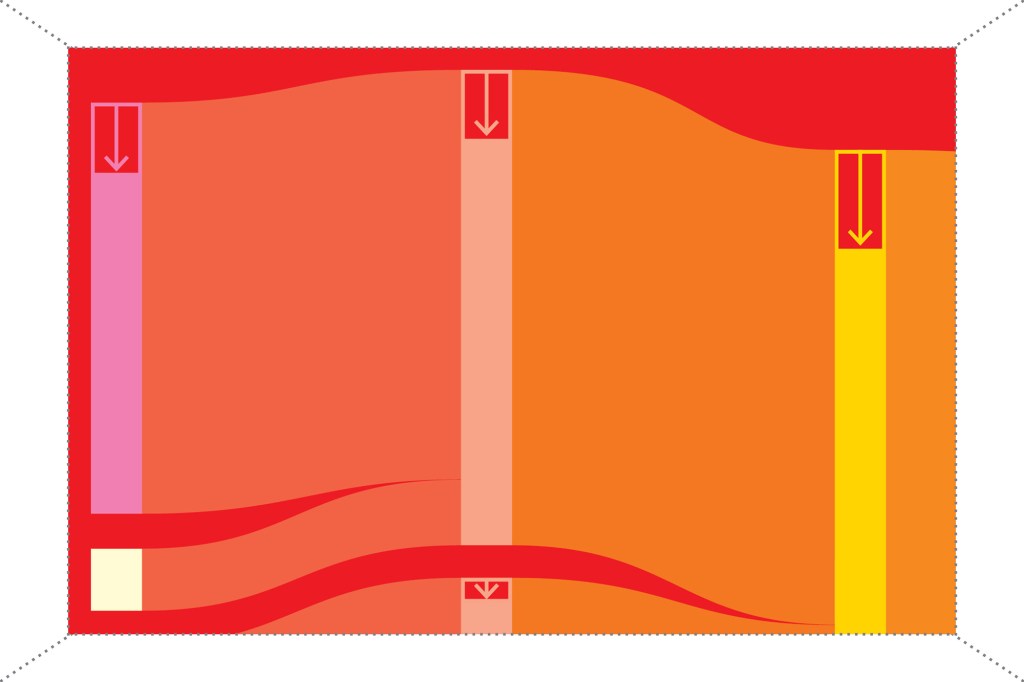
-
Five Construction Details to Reduce Embodied and Operational Carbon
It's time to rethink details that perpetuate the widespread use of energy-intensive materials.

-
Renovation, Restoration, and Adaptive Reuse: The Understated Value of Existing Buildings
It’s not enough to design super-efficient new buildings. To reach zero-net carbon, architects have to improve performance in existing buildings, and make the most of the embodied carbon we’ve already spent on them.

-
With Housing’s Carbon Footprint, Density Matters
A new e-book from Chicago-based Adrian Smith + Gordon Gill Architecture analyzes the embodied carbon and other attributes of nine housing types to uncover ideal residential densities—those that improve quality of life while minimizing their environmental impact.
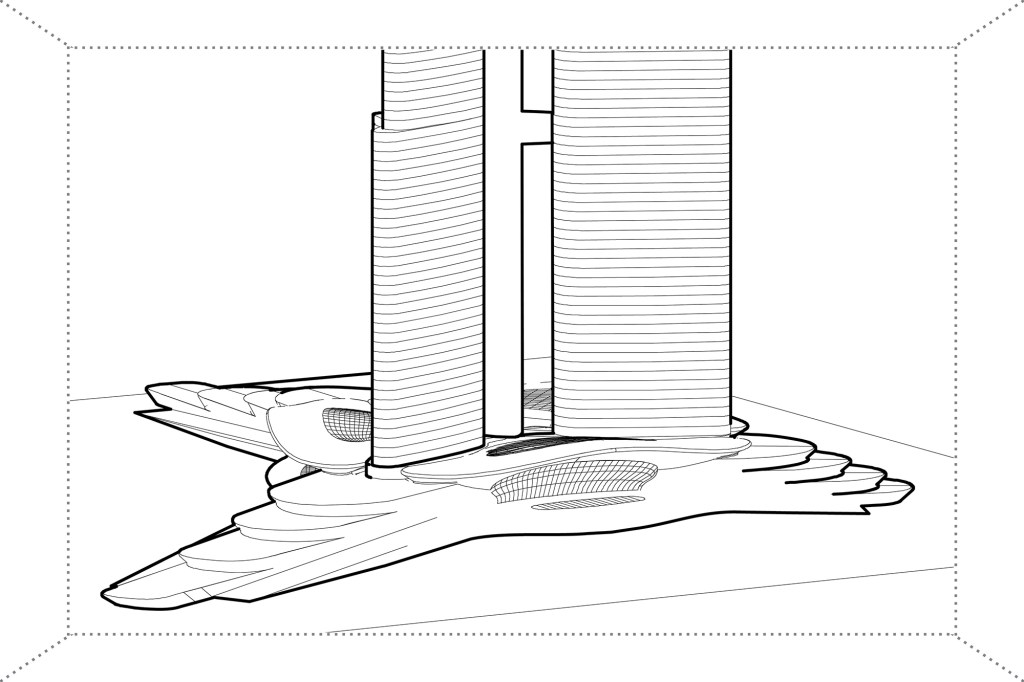
-
Aim Higher: How to Transition Your Firm to Zero Net Carbon
Looking for tangible steps to committing to zero-net-carbon design? Here, three very different practices—Studio Ma, BWBR, and Gensler—share their ongoing journeys.
